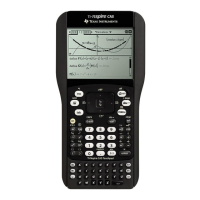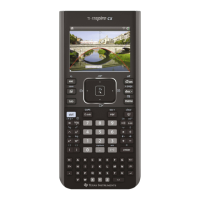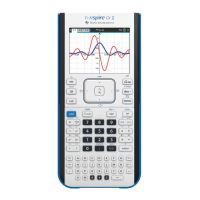148 Alphabetical Listing
RequestStr
Catalog >
Programming command: Operates
identically to the first syntax of the Request
command, except that the user’s response
is always interpreted as a string. By
contrast, the Request command interprets
the response as an expression unless the
user encloses it in quotation marks (““).
Note: You can use the RequestStr command
within a user-defined program but not
within a function.
To stop a program that contains a
RequestStr command inside an infinite loop:
• Handheld: Hold down the c key and
press · repeatedly.
• Windows®: Hold down the F12 key and
press Enter repeatedly.
• Macintosh®: Hold down the F5 key and
press Enter repeatedly.
• iPad®: The app displays a prompt. You
can continue waiting or cancel.
Note: See also Request, page 146.
Define requestStr_demo()=Prgm
RequestStr “Your name:”,name,0
Disp “Response has “,dim(name),”
characters.”
EndPrgm
Run the program andtype a response:
requestStr_demo()
Resultafter selecting OK (Note that the
DispFlag argument of 0 omits the prompt
and response from the history):
requestStr_demo()
Response has 5 characters.
Return
Catalog >
Return [Expr]
Returns Expr as the result of the function.
Use within a Func...EndFunc block.
Note: Use Return without an argument
within a Prgm...EndPrgm block to exit a
program.
Note for entering the example: For
instructions on entering multi-line program
and function definitions, refer to the
Calculator section of your product
guidebook.
right()
Catalog >
right(List1[, Num]) ⇒ list
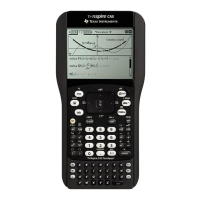
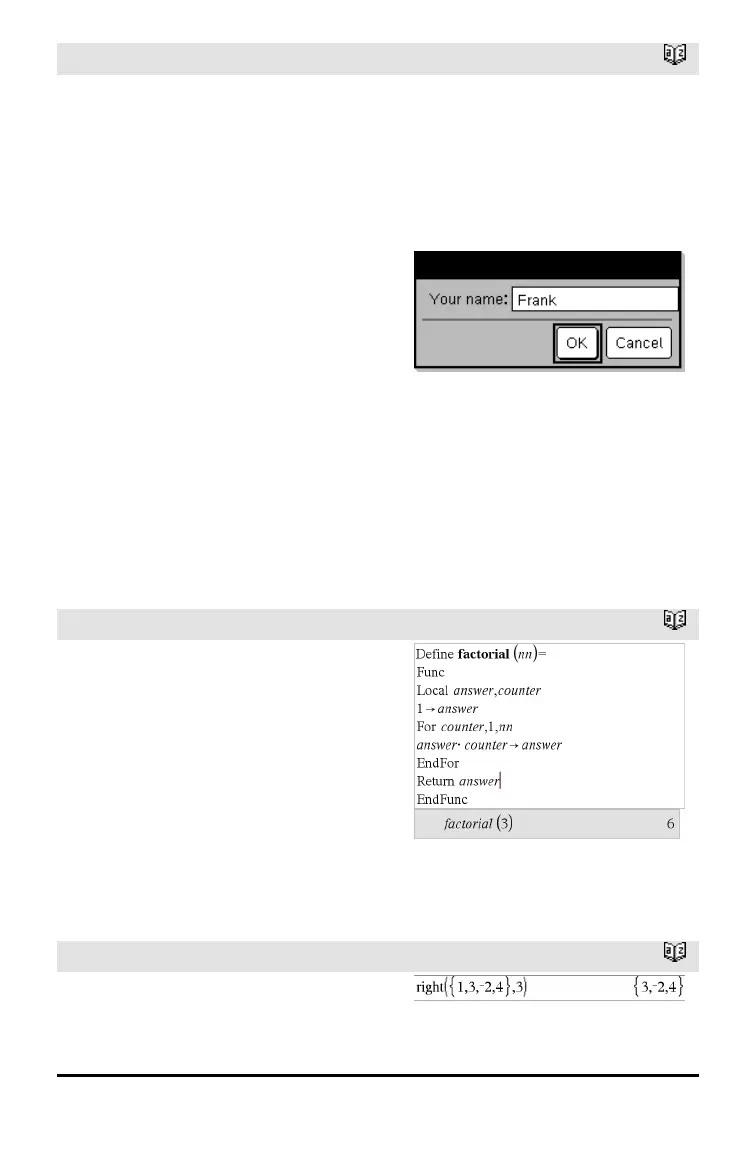